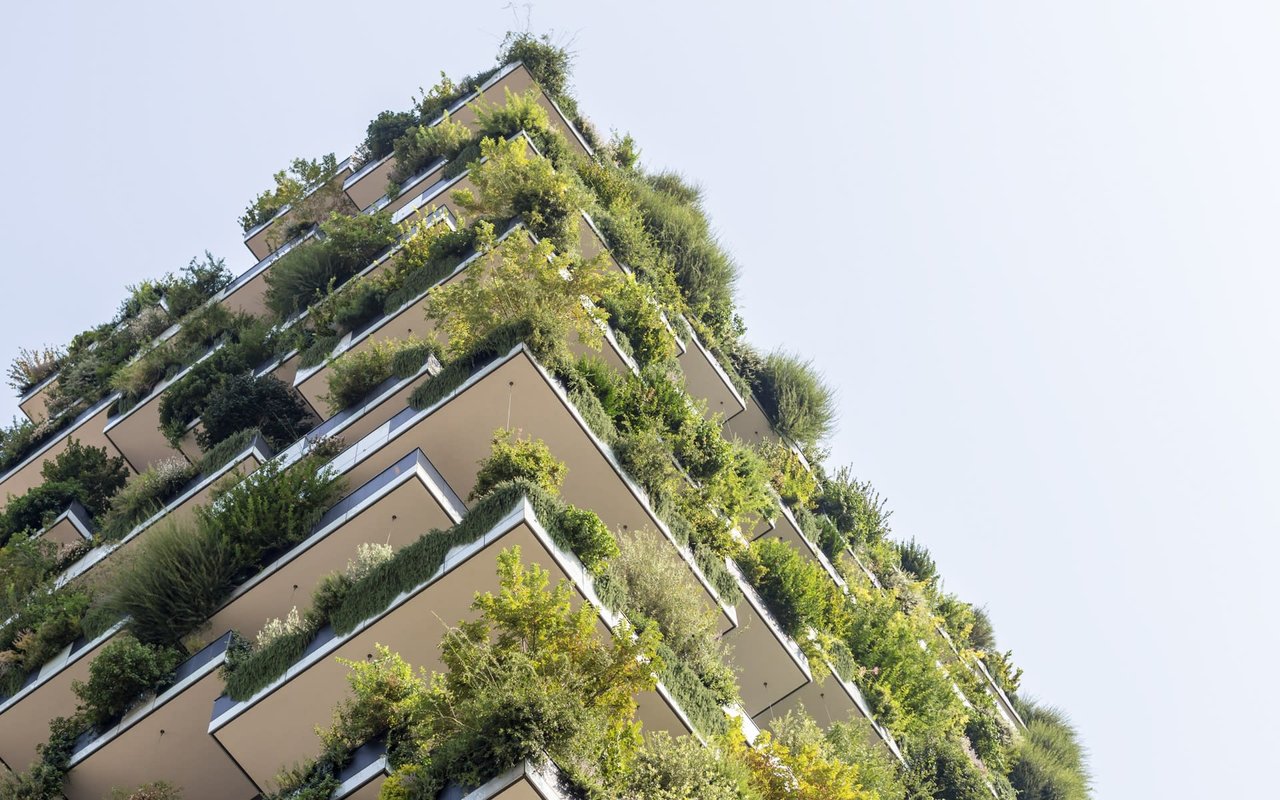The architecture or the so-called 'bioclimatic' conditioning are elements specifically structured to contribute to the care of the environment and the savings in energy costs derived from said structure.
The constructions of this branch are connected to the environment in such a way that the operation of this home depends completely on the advanced mechanical systems responsible for transforming renewable energy from the environment into reusable energy.
Therefore, a bioclimatic home refers to the construction of a home whose heating, lighting and aeration are obtained by taking advantage of solar radiation and natural air circulation.
Techniques and Categories
Passive Solar Architecture
This style of construction does not require mechanical systems since it is relatively associated with bioclimatic architecture and also deals with non-solar climatic elements since it is a somewhat more general system.
Active Solar Architecture
This system takes advantage of solar energy through mechanical and/or electrical systems for heating and electrical conversion. They can complement a bioclimatic house and offset the energy loads of the building's users.
Renewable Energy
Renewable energies are energy sources that cannot be exhausted, such as wind energy, hydraulic energy and biomass, which are responsible for generating methane from organic waste.
Sustainable Architecture
This concept aims at a minimum environmental impact of all the processes involved in construction. From the materials used, the construction techniques, the area where the building is located, the environmental impact that the building itself could cause, and the recycling of materials from the same construction by the time it was demolished.
Self-sufficient Houses
Self-sufficient houses are usually independent of gas, water, and electricity supply networks since all these values are resources obtained locally through wells, rain or streams. Food from gardens or obtaining energy through the wind or the sun. Bioclimatic architecture helps with the self-sufficiency of these houses in terms of energy savings for their air conditioning.
The Costs of a Bioclimatic Housing
Regarding its regulation and performance, a bioclimatic house does not need the purchase and installation of complicated systems since it already uses the same regular architectural elements to increase its energy performance. However, costs begin to increase when a design used to maximize site assets is considered.
This design usually involves the location of the building, rainwater collection, consideration of solar access, use of thermal mass to its advantage, correct fenestration, and protection, thus making the final product much more energy efficient.
References




